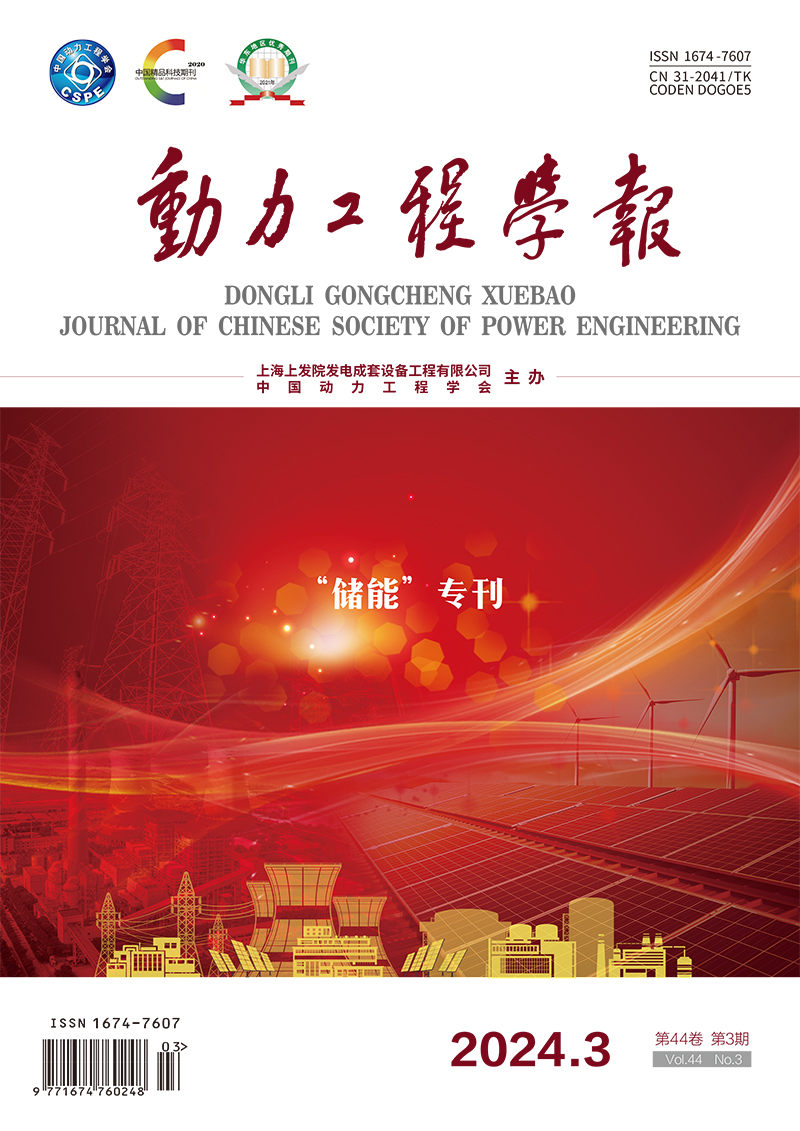Multi-energy Coupling Optimization Operation Strategy and Heat Storage Technology
WANG Yihan, ZHANG Zicheng, LIU Shuli, SHEN Yongliang, WANG Zhihao
A new thermochemical energy storage material with lower cost and better performance was prepared, and the feasibility of its application in buildings was explored. The easily mined volcanic rocks in Yunnan area were used as the matrix. Two preparation schemes were proposed that MgCl2 and CaCl2 were combined with either raw volcanic rocks or pickled volcanic rocks powder and were repressed into blocks. These prepared materials were nominated as stone-MgCl2, stone-CaCl2, block-MgCl2 and block-CaCl2, respectively. Their characterization, differential scanning calorimetry (DSC) analysis, economic analysis and feasibility analysis were conducted. Results show that the main pore structure of raw volcanic rocks is macropore (the pore size>100 nm), which can be easily filled by hydrated salts. The thermochemical energy storage density of stone-CaCl2, stone-MgCl2, block-CaCl2 and block-MgCl2 is 641 kJ/kg, 983 kJ/kg, 440 kJ/kg and 733 kJ/kg, respectively. The energy storage cost of prepared stone-CaCl2 and stone-MgCl2 is as low as 0.010 7 yuan/kJ and 0.017 4 yuan/kJ, respectively. Comparing with the existing materials, they have obvious advantages in the view of economy. When they are combined with renewable energy, these prepared materials have obvious potential for pollutant reduction and are also suitable for the northern regions with high heating demand.
